
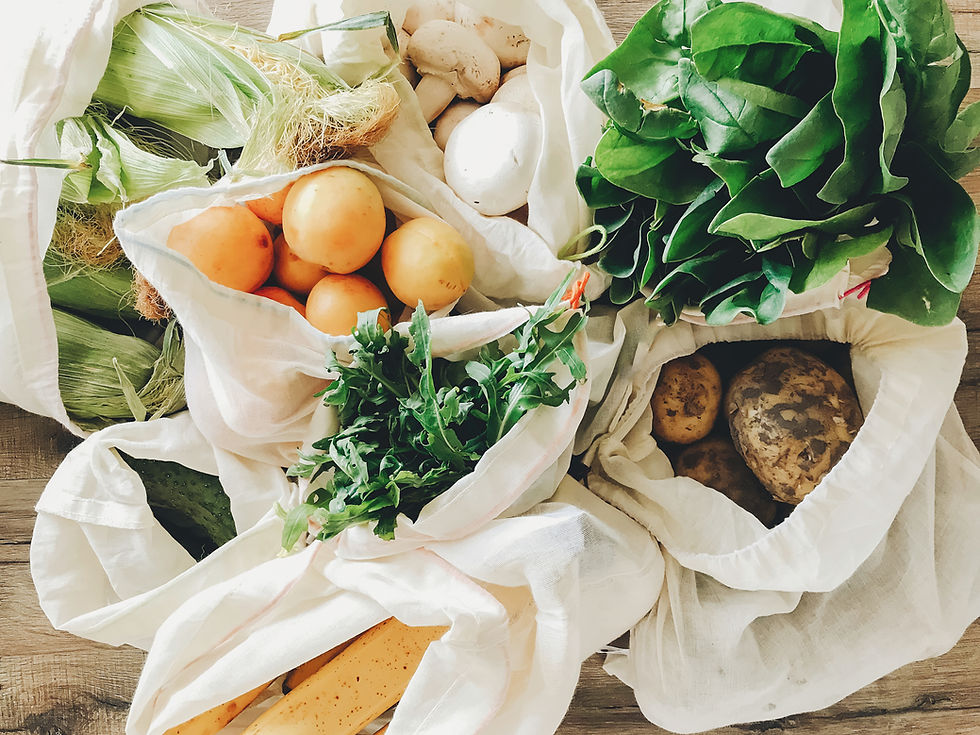
Reimaging the Hudson Valley Food System
Every day we become increasingly aware of climate change and our need to reduce our impact on the environment by polluting less and conserving our natural resources.
But this is not enough! Doing less damage is part of the equation, but we need to do more.
A healthy food system goes beyond reducing our negative impact on the environment and sustainability and adds in the essential positive impact components too.
Also referred to as a regenerative system, circular system benefits all the stakeholders in our local food economy, as well as the environment. We know longer take, make, use and waste, but instead, take, make, use and return.
Closing the Loop - Farm Back to Soil
Closing the Loop
In a Circular Food System :
Food is produced in ways that is in harmony with nature and supports a healthy ecosystem.
Surplus food is rescued and brought to food banks and pantries to feed the hungry.
Food is valued and not lost or wasted. It is used productively by upcycling , being fed to livestock, used for energy or composted and returned to the soil.
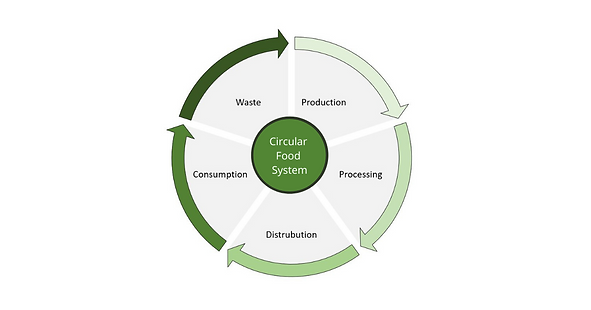
We're Building a Food System
for the Future Through...

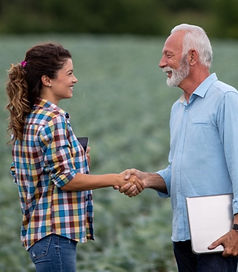
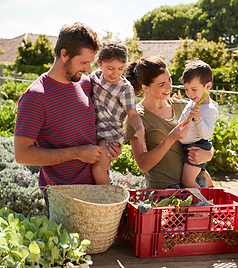
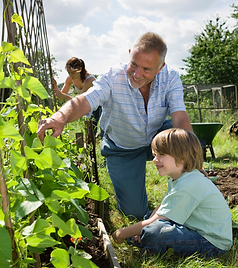
Connections
Making connections with food entrepreneurs and stakeholders throughout the supply chain
Collaborations
Making introductions and encouraging both likely and unlikely mutually beneficial partnerships
Community
Bringing the community together and empowering them be the solution to positive change
Cultivation
Educating and engaging the community from our kids, to consumers to government officials
What We Take, We Must Return

Why
It Matters
Our current linear manner in which our food system is based is impacting us negatively economically, socially and environmentally.
Economically: Wasteful practices cost money throughout the supply chain in labor, management and resources.
Socially: 30-40% of the food we produce is wasted yet many people in the community do not get enough to eat.
Environmentally: Food waste is the biggest when it comes to global warming.